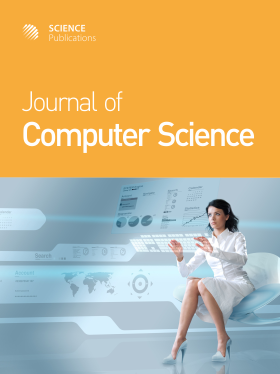A Succinct Review on Identification of Network Anomalies and Protection in Cyber-Physical Systems
- 1 Department of Computer Science and Engineering, Chitkara University Institute of Engineering and Technology, Chitkara University, Punjab, India
- 2 Department of Computer Science and Engineering, Graphic Era (Deemed to be University), Dehradun, India
- 3 Department of Computer and Information, Applied College, Jazan University, Jazan, Saudi Arabia
- 4 Department of Computer Science, College of Engineering and Computer Science, Jazan University, Jazan, Saudi Arabia
- 5 Department of Computer Science and Information, Taibah University, Madinah, Saudi Arabia
Abstract
Advanced cyberattacks outperform traditional threat detection methods in the rapidly expanding cybersecurity field. Advanced Machine Learning (ML) algorithms can detect network traffic and system problems using AI-based Anomaly Detection (AD) for cybersecurity in real-time. Signature-based systems may overlook new and subtle threats. This paper examines Artificial Intelligence (AI) driven AD systems' design, methodology, and efficacy. The process includes data preprocessing and feature extraction. Unsupervised learning and real-time data streams can detect insider threats and zero-day attacks without attack signature information-AI-based cybersecurity AD strengths and downsides. According to numerous research and trials, its high accuracy and memory in detecting anomalies reduce false positives compared to older methods. Cyber attackers use protected channels to launch attacks. Cryptographic channels obscure legal and malicious network traffic. Alternative studies use AI and traffic information to discover anomalies. Integrating AI, block chain, and Quantum Computing (QC) can boost cybersecurity. According to research, growing cyber risks require adaptive, scalable, and intelligent AI-powered cybersecurity solutions. Deep generative models can detect novel cyber-physical dangers and minimize Cyber Physical System (CPS) susceptibility without labelled information.
DOI: https://doi.org/10.3844/jcssp.2025.1307.1321

- 315 Views
- 133 Downloads
- 0 Citations
Download
Keywords
- Cybersecurity
- Anomaly
- Artificial Intelligence
- Machine Learning
- Internet Traffic
